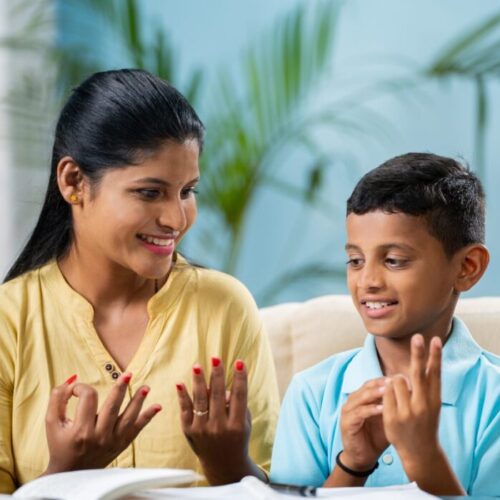Navigating the vast emotional landscape of collective grief

Dr Dana Jammal, Counselling Psychologist at Thrive Wellbeing, explains the multifaceted nature of collective grief. Learn strategies to cope with shared losses and explore the path to resilience amidst global challenges.
The emotional terrain of grief is immense, encompassing a range of human experiences. While grief is often associated with the death of a loved one, Dr Dana Jammal has seen grief emerge as a potent response to divorce, job loss, migration and other significant life changes.
Grief however takes on a distinctive and profound dimension when experienced collectively. Collective grief occurs when groups of people who share something in common (e.g. a race, ethnicity, a country) experience significant loss, such as in the wake of wars or natural disasters that result in mass casualties and tragedies. It extends beyond individual losses into the shared consciousness of communities and nations worldwide. The collective experience of witnessing loss creates a convoluted array of emotions that calls for a compassionate and nuanced stance.
Research shows that you do not have to personally know people who have passed to feel grief. Collective grief can feel overwhelming and trigger feelings about your own experiences of grief such as losing someone you loved. In response to the current socio-political climate, Dr Dana Jammal has noticed that many clients have reported exacerbated psychological distress, increased thoughts of death and dying and some have even reported increased anxiety about their own health.
If a crisis continues, we can also experience anticipatory grief, if we anticipate that further loss and suffering will take place in the future. This can generate feelings of anxiety, helplessness and even despair. Many individuals wonder if what they are feeling is ‘normal’. Grief can manifest in a number of ways including physically (e.g. sleep difficulties, weight change), cognitively (e.g. difficulty concentrating, confusion) and socially (e.g. withdrawal, lack of interest in seeing other people).
Experiencing emotions such as anger, rage, guilt, numbness, irritability and agitation are common responses to grief. It is important to give yourself permission to mourn, rather than to try to suppress how you are feeling. When you recognise and bring to awareness the emotions you are experiencing, you can begin to take the first steps to move through grief.
It can be difficult to limit our consumption of news, particularly social media, during critical times like these. However, exposing ourselves to traumatic events repetitively has been shown to bring about exhaustion, hopelessness as well as symptoms of depression.
It is important to be mindful of how much time you spend listening and reading news and allow yourself to take breaks and space. Engaging in tangible actions such as making donations or volunteering can empower individuals to transition from a sense of helplessness to a more proactive approach that aligns with their values.
One tactic that can be particularly helpful is to switch between loss and restoration-oriented coping. A loss orientation involves coping with issues directly related to the loss – for example acknowledging your sadness or allowing yourself to cry if you come across traumatic footage of people who have died. This form of coping can generate powerful emotions that are important to process grief. Restoration-oriented coping involves focusing on things in your life that are unrelated to the loss such as learning a new skill. It is important to balance a loss orientation with restoration as a healthy way to process collective grief without being consumed by it.
We encourage individuals to open up to others. Sharing in the experience of collective grief, whether in a therapeutic context or with supportive others, allows individuals to articulate their pain, creates space to validate how they are feeling and find common ground in their shared experiences. This can cultivate a sense of unity and resilience in response to witnessing tragedies and enduring acts of violence and honour our shared humanity.
For more information, visit the website
Image Credit: Thrive Wellbeing











Comments